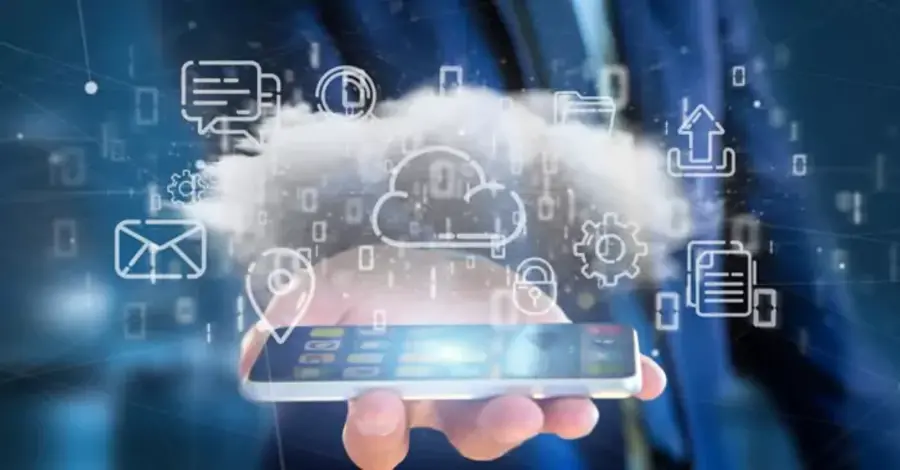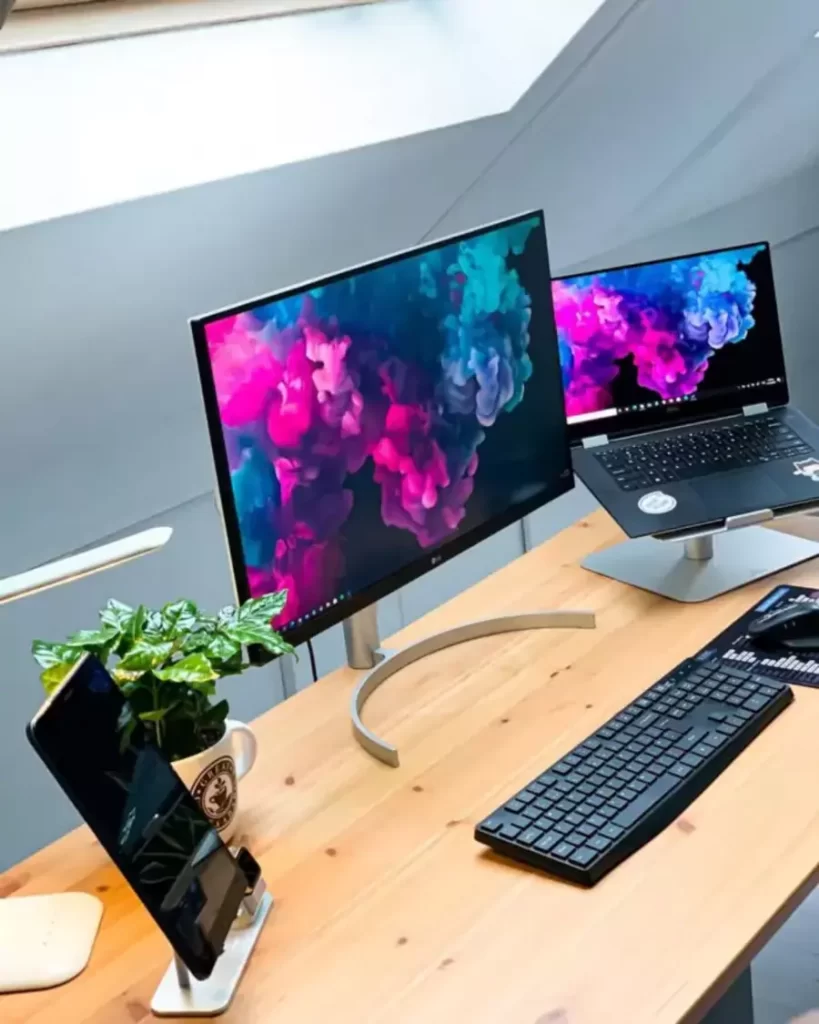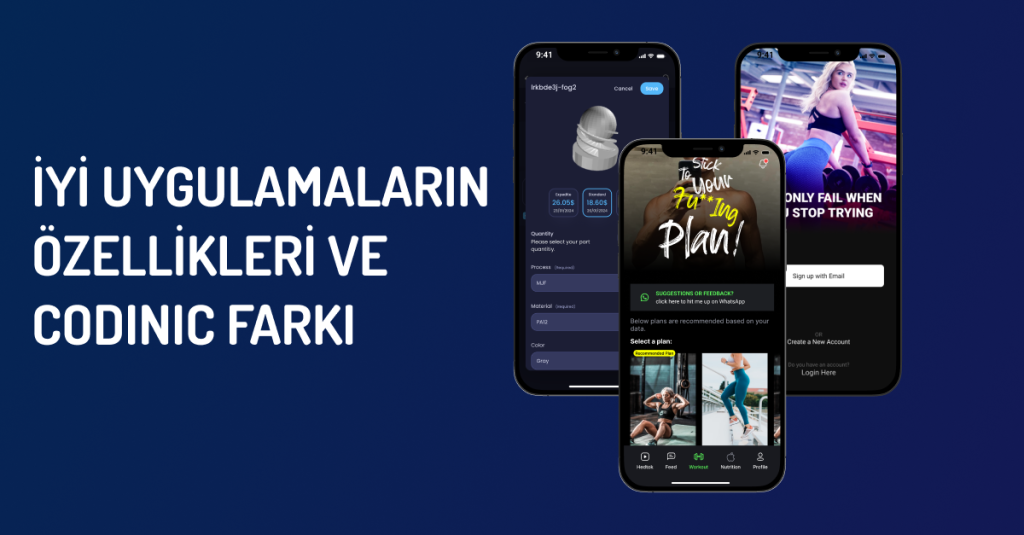Real Time Applications
In the technology world, the terms “real-time applications” refer to systems that respond to inputs or events instantly or within a very short period of time. GTraditional systems may process inputs at regular intervals or with a delay. Real-time systems are designed to handle tasks immediately. This near-instant response time is crucial in many industries, from healthcare to telecommunications, as it guarantees accurate and timely actions based on up-to-date data.
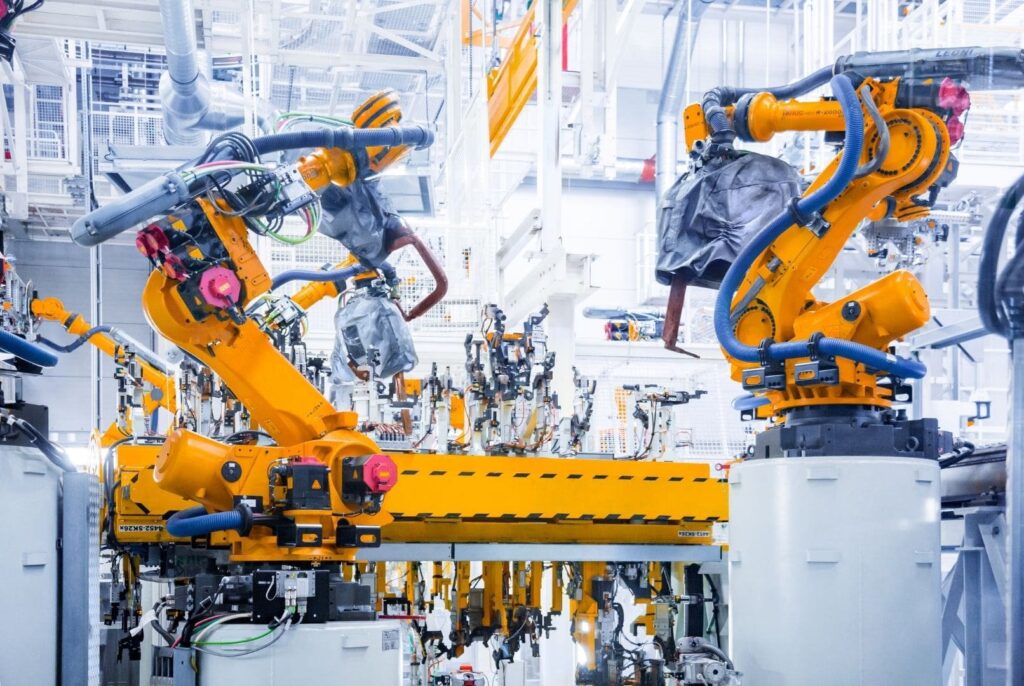
Real-time technology is especially prevalent in applications where even a small delay can lead to inefficiencies or critical outages. These systems continuously monitor inputs, make decisions and provide near-instant feedback, ensuring seamless user experiences.
In today’s fast-paced world, real-time applications have become an integral part of our daily lives. A good example of a real-time application is a heart rate monitor in a hospital, where data from the patient’s body is continuously collected and displayed without delay.
Types of Real-Time Applications
Real-time applications can be divided into two main types:
- Strict Real-Time Applications: In strict real-time systems, missing a deadline can have catastrophic consequences. These applications require tight time constraints and are often used in life-critical environments. Examples include air traffic control systems, pacemakers and nuclear reactor control systems.
- Flexible Real-Time Applications: In flexible real-time systems, deadlines are important but not absolute. There may be occasional delays, but they do not lead to a complete failure. These applications are more flexible and are used in environments where occasional delays are tolerable. Examples include video streaming and online gaming.
Key Features
There are certain characteristics that distinguish real-time applications from traditional software:
Low latency: Real-time systems are optimized to minimize the delay between input and output, making them highly responsive.
Predictability: Time constraints are defined and predictable. The system is designed to consistently meet these constraints.
High availability: Real-time applications must be reliable and functional with minimal downtime.
The Importance of Realtime Applications
Real-time applications are a must for industries where response timing is critical. For example:
- Health: Monitoring systems in intensive care units rely on real-time data to track vital signs.
- Finance:Stock trading platforms require real-time updates to ensure accurate trading decisions.
- Manufacturing: Automated machines must respond to commands in real time to ensure the accuracy of production lines.
Benefits of Real-Time Applications
Implementing real-time applications provides many benefits, including
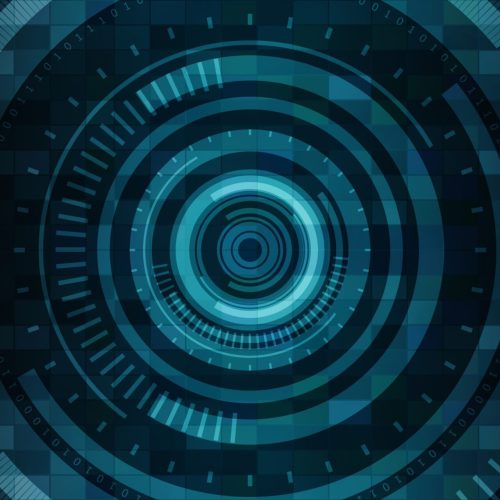
Improved User Experience: RTAs enable fast and seamless interactions leading to increased user satisfaction, especially in online services such as gaming and streaming.
Increased Productivity: Industries such as manufacturing benefit from real-time applications as they automate processes, leading to more efficient operations.
Enhanced Decision Making
What is a Realtime Operating System (RTOS)?
A real-time operating system (RTOS) is a specialized operating system designed to manage hardware resources, run applications and process tasks within a defined time frame. In an RTOS, tasks are prioritized to ensure that time-sensitive operations are completed quickly, usually within milliseconds or microseconds.
RTOSs differ from general-purpose operating systems such as Windows or Linux because they have deterministic behavior, meaning they can respond predictably to events within a defined time frame. This makes them ideal for systems where timing is critical, such as real-time applications used in the automotive, robotics and aerospace industries.
Well-known real-time operating systems include FreeRTOS, VxWorks and QNX, all optimized for performance and reliability under tight timing constraints.
Key features of RTOS:
- Precise performance: RTOSs guarantee a specific response time for tasks, ensuring that critical operations are executed within the allotted time. Low latency: RTOSs minimize the time it takes to complete a task when it is ready, reducing delays and ensuring fast responses.
- Preemptive Scheduling: RTOSs use preemptive scheduling to prioritize tasks based on importance and deadlines, ensuring that critical tasks are not delayed by lower priority tasks.
- Minimum Overhead: RTOSs are designed to be lightweight and efficient with minimal overhead to ensure tasks can be completed quickly and efficiently.
General Applications of RTOSs:
- Industrial Automation: RTOSs are frequently used in industrial control systems to provide precise synchronization and control of machines. They are also widely used in robotics and factory automation.
- Medical Devices: RTOSs are important in medical devices such as pacemakers, ventilators and imaging equipment where fast and reliable operation is important.
- Aerospace and Defense: RTOSs are used in aircraft, missiles and military systems to ensure critical functions are completed quickly.
- Automotive Systems: RTOSs are used in modern automobiles to control various systems, including engine management, braking and infotainment.
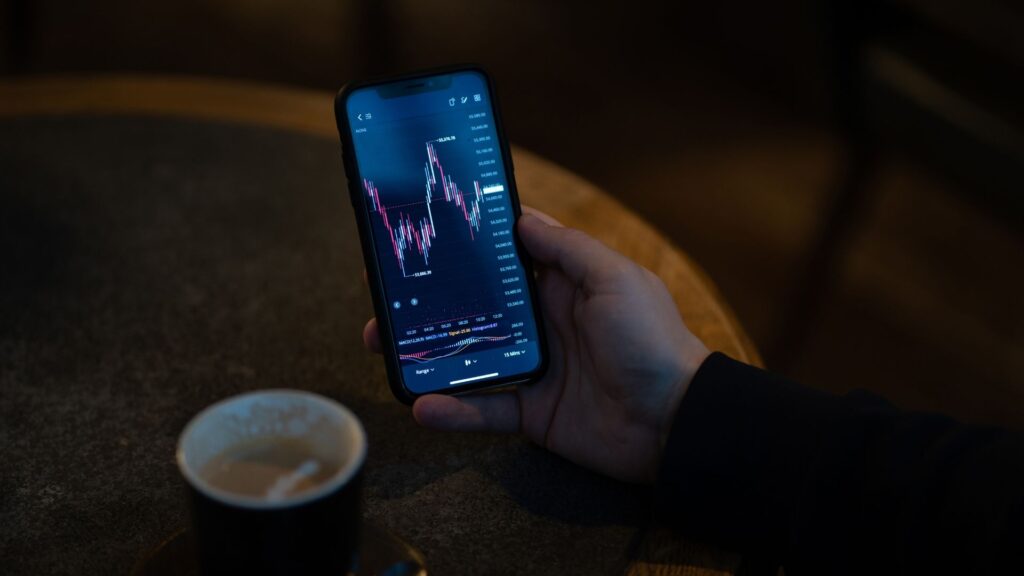
When is Realtime Apps Necessary?
Real-time applications are essential where precise timing is critical to system performance. For example, in an autonomous vehicle, sensors must collect and process data and trigger appropriate responses such as braking or steering within milliseconds to prevent accidents. Similarly, in a real-time medical monitoring system, detecting irregularities in a patient’s heartbeat requires immediate feedback to alert medical staff.
Here are some scenarios where real-time applications are required:
- Industrial automation:Controlling machines and equipment in production facilities, ensuring accurate and timely operations.
- Medical devices:Monitoring patients’ vital signs and triggering alarms in critical situations.
- Telecommunications:Managing voice and data traffic in real time, providing quality communication services.
- Financial systems:Executing high-frequency trading and risk management strategies.
- Robotics: Enabling robots to interact with their environment in real time, performing tasks such as autonomous driving or surgical procedures.
Examples of real-time applications are:
- Industrial control systems: These systems, such as industrial automation or robotics, require precise synchronization and control of machines, making RTOS indispensable.
- Medical devices: Pacemakers, ventilators and imaging equipment rely on RTOS to keep critical health functions running quickly and accurately.
- Aerospace and defense: Aircraft, missiles and military systems often use RTOS to ensure the rapid execution of critical functions, guaranteeing safety and performance.
- Automotive Systems: Modern cars use RTOS to control various systems such as engine management, braking and infotainment, ensuring smooth and efficient operation.
- Telecommunications: Network infrastructure, including routers and switches, often use RTOS to manage real-time data transmission and processing.
- Financial Systems: High-frequency trading and real-time stock market analysis require RTOS to process data quickly and accurately.
- Video Games: Many modern video games, especially those with fast-paced action or online multiplayer features, use RTOS to ensure smooth gameplay and response time.
- Robotics:Autonomous robots, such as those used in manufacturing or research, often rely on RTOS for real-time control and decision making.
- Audio/Video Streaming: Online streaming services such as Netflix or YouTube use RTOS to buffer and transmit content in real-time, minimizing latencies and ensuring a smooth viewing experience.
- IoT Devices: From smart home appliances to industrial sensors, many IoT devices require RTOS to process data and respond to events in real time.
Why Aren't All Applications Realtime?
Not all applications need to be real-time. Because many tasks do not require immediate response or feedback. Applications such as word processors, email clients or social media platforms run efficiently even with slight delays. Building a real-time system can be expensive and resource intensive, making it unnecessary for many consumer applications.
Reasons why not all applications are real-time:
- Cost: Real-time systems are more expensive to build and maintain due to the complexity of ensuring fast processing.
- Resource Utilization: Real-time applications often require more system resources such as memory and CPU to meet their tight deadlines.
- Use Cases: Many applications do not require an immediate response. For example, when sending an email, a slight delay is acceptable and does not affect the outcome.
- Cost: Real-time systems are more expensive to build and maintain due to the complexity of ensuring fast processing.
While real-time applications are critical in industries such as defense, healthcare and automotive, many consumer applications work well with standard operating systems that do not adhere to strict timing constraints.
The Future of Realtime Applications
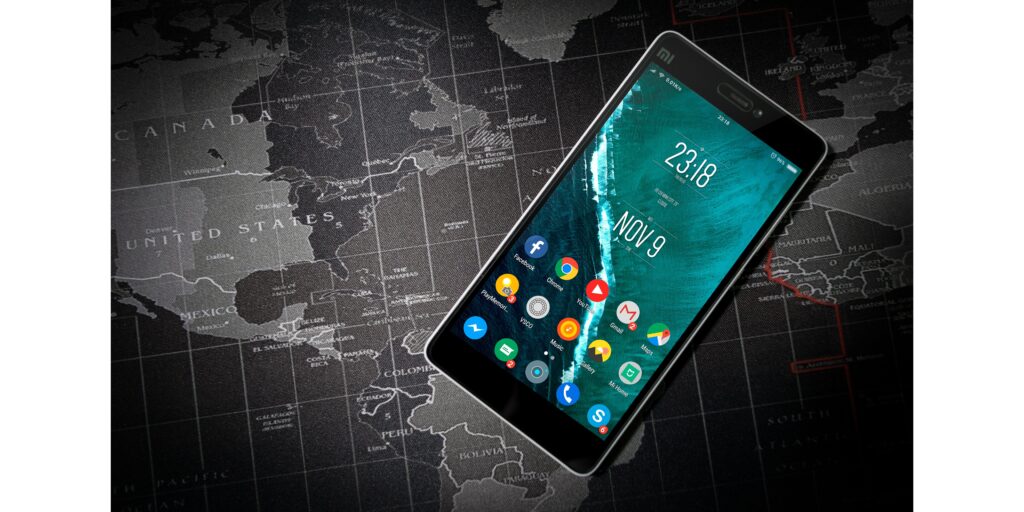
Real-time applications play a key role in industries that require accuracy, speed and reliability. From life-saving medical devices to real-time financial trading platforms, these systems keep the world running smoothly and safely. However, real-time technologies are not necessary for all applications, as the costs and resources associated with building such systems make them only viable for certain use cases. Understanding the difference between real-time and traditional systems helps businesses and developers decide when and where to implement this technology.
As technology continues to evolve, real-time applications will play an even more important role in various industries. The Internet of Things (IoT), artificial intelligence (AI) and 5G networks will transform the way we live and work, driving the development of new and innovative real-time applications.
